Operation Process of a Heat Exchanger
Operation Process of a Heat Exchanger
A heat exchanger is an essential component in many industrial systems, facilitating the transfer of heat between two or more fluids without them coming into direct contact. Below is a detailed explanation of the operation process of a heat exchanger, including its main components and operational steps.
1. Basic Structure of a Heat Exchanger
Main Components:
- Tubes: The hot or cold fluid flows through these tubes.
- Shell: Encases the tubes and the other fluid flows around the tubes within the shell.
- Baffles: Direct the flow of the fluid inside the shell, increasing heat exchange efficiency.
- Inlet and Outlet: Points where the fluids enter and exit the heat exchanger.
2. Operating Principle of a Heat Exchanger
Operation Process:
-
Preparing the Fluids:
- Hot Fluid: Is pumped into the heat exchanger through the inlet. This fluid has a higher temperature and needs to be cooled.
- Cold Fluid: Is pumped into the heat exchanger through another inlet. This fluid has a lower temperature and will absorb heat from the hot fluid.
-
Fluid Circulation:
- Hot Fluid: Flows through the tubes inside the heat exchanger.
- Cold Fluid: Flows around the tubes within the shell.
-
Heat Exchange:
- Heat Transfer Through Tube Walls: Heat from the hot fluid transfers through the tube walls to the cold fluid. Since the fluids do not directly contact each other, heat is transferred through the walls by conduction.
- Baffles: Inside the shell direct the flow of the cold fluid, ensuring it flows over the entire heat exchange surface, increasing heat transfer efficiency.
-
Fluid Exit:
- Cooled Hot Fluid: Exits the heat exchanger through its outlet.
- Heated Cold Fluid: Exits the heat exchanger through its outlet.
-
Temperature Control:
- Automated control systems can be used to adjust the flow rates and temperatures of both fluids, ensuring optimal performance of the heat exchanger.
3. Types of Heat Exchangers
Shell and Tube Heat Exchanger:
- Structure: Consists of a bundle of tubes (tube bundle) inside a shell.
- Applications: Common in the oil, gas, chemical, and energy industries.
Plate Heat Exchanger:
- Structure: Consists of many thin metal plates stacked together with spaces for fluids to flow through.
- Applications: Often used in the food and beverage industry, HVAC systems.
Air Heat Exchanger:
- Structure: Uses fans to circulate air over a set of tubes or plates.
- Applications: Heating, ventilation, and air conditioning (HVAC) systems.
4. Advantages and Disadvantages of Heat Exchangers
Advantages:
- High Efficiency: Optimizes the heat exchange process between fluids.
- Energy Saving: Minimizes the amount of energy required for heating or cooling.
- Flexible Design: Available in various shapes and sizes to suit many applications.
Disadvantages:
- High Initial Cost: Heat exchangers can have a high upfront investment cost.
- Complex Maintenance: Requires regular inspection and maintenance to ensure efficiency.
- Risk of Blockage: Fluids containing particulates or impurities can cause blockages, reducing heat exchange efficiency.
5. Applications of Heat Exchangers
Oil and Gas Industry:
- Used to cool oils and chemicals during processing.
Food and Beverage Industry:
- Used to heat and cool food and beverage products.
Energy Industry:
- Used in power plants to recover heat from power generation processes.
HVAC Systems:
- Used in heating, ventilation, and air conditioning systems to regulate air temperature in buildings and industrial facilities.
Conclusion
Heat exchangers play a crucial role in many industries by optimizing the heat transfer process and saving energy. Understanding the operation process and applications of this equipment helps businesses enhance efficiency and ensure continuous operation of production systems.
Related News
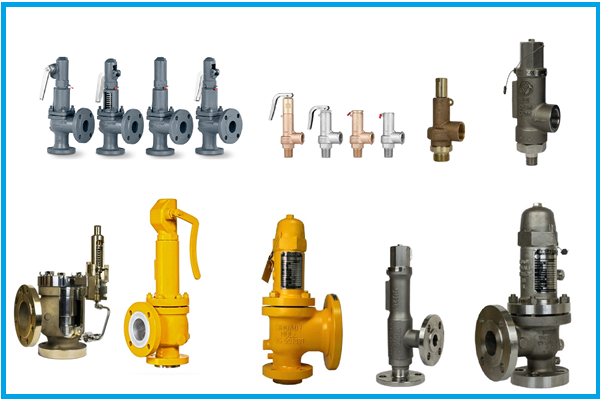
Benefits and uses of safety valves
05/11/2025
Safety valves are essential devices in industrial systems, designed to protect equipment and ensure operator safety. Below is a detailed analysis of the benefits and applications of safety valves.
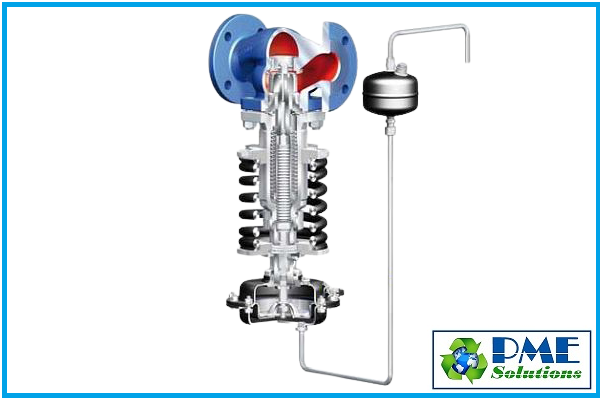
Benefits, Functions, and Applications of Pressure Reducing Valves
05/11/2025
Pressure reducing valves, also known as pressure regulating valves, are critical devices in industrial piping systems that help control and maintain safe pressure levels, protecting equipment from damage due to overpressure. Below is a detailed analysis of the benefits, functions, and applications of pressure reducing valves.
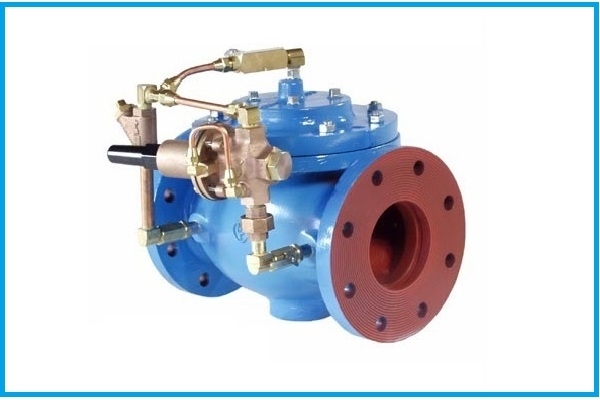
What is a pressure reducing valve? Structure, Operating Principle, Adjustment and Classification of Pressure Reducing Valves.
05/11/2025
Pressure Reducing Valve is also known as pressure regulator, pressure stabilizer, pressure regulating valve, etc. It is a type of industrial valve installed on the pipeline, with the function of reducing pressure and stabilizing output pressure, so that the output pressure is always smaller than the input pressure of the system, helping fluids to be easily transmitted to different devices. but the pressure is not too different.
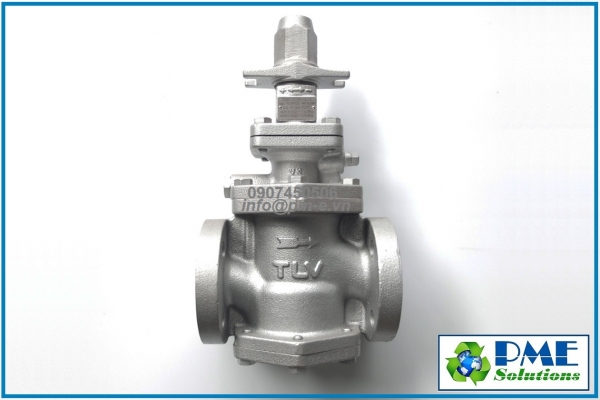
Overview Of Pressure Reducing Valve (Prv)
05/11/2025
A Pressure Reducing Valve (PRV) is a device used to regulate and maintain a constant downstream pressure by reducing high inlet pressure to a safe and stable level. It plays an essential role in protecting piping systems, equipment, and ensuring operational safety from overpressure. PRVs are widely applied in: Steam systems Compressed air systems Water distribution systems Hydraulic and industrial process systems
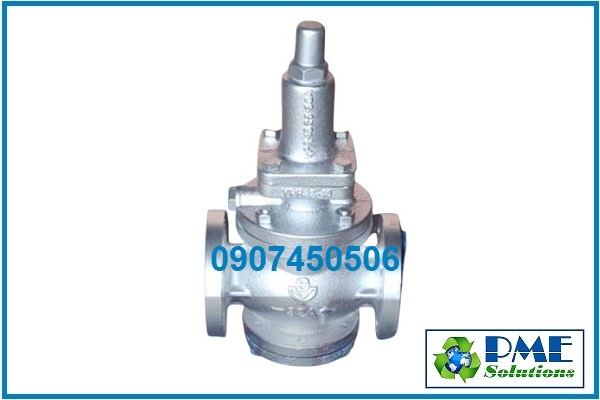
WORKING PRINCIPLE OF SAMYANG PRESSURE REDUCING VALVE
05/11/2025
Samyang pressure reducing valve is an automatic pressure control device widely used in steam, air, water, and hydraulic systems. Manufactured in Korea, Samyang valves are designed to stabilize outlet pressure, protect equipment, and extend the lifespan of piping systems.









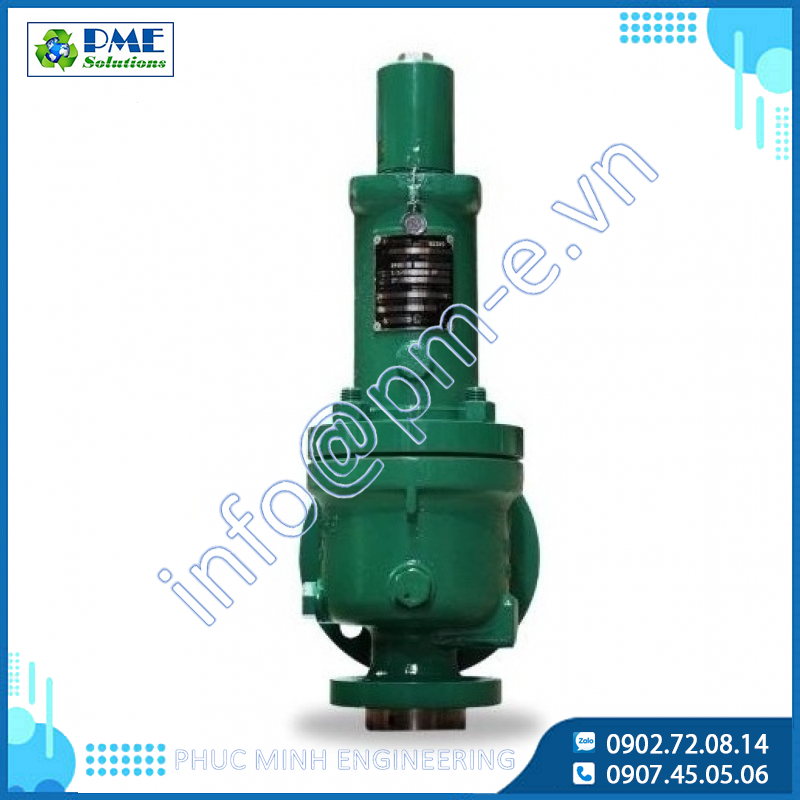
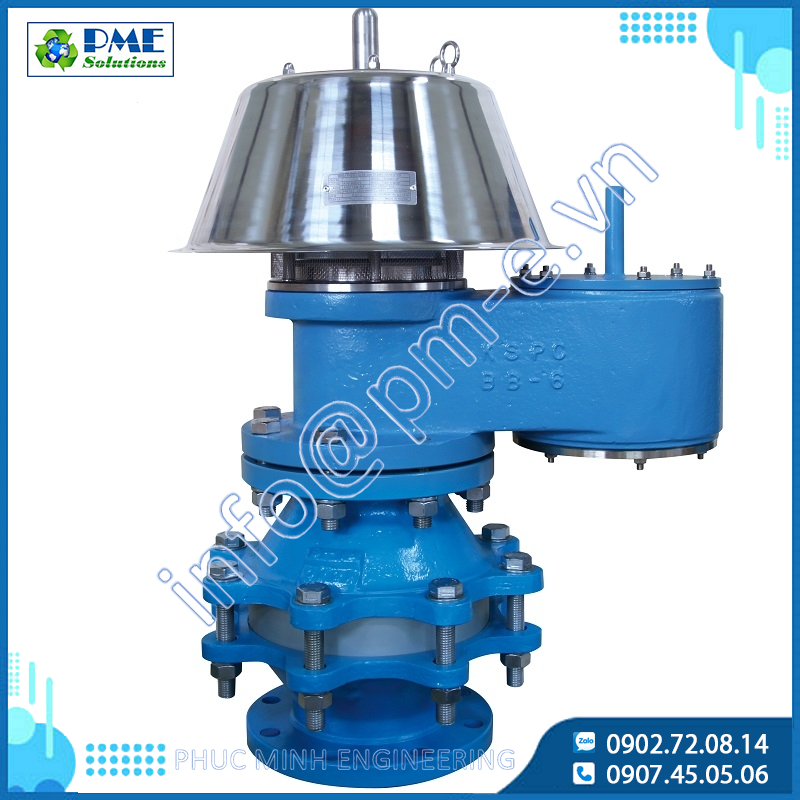
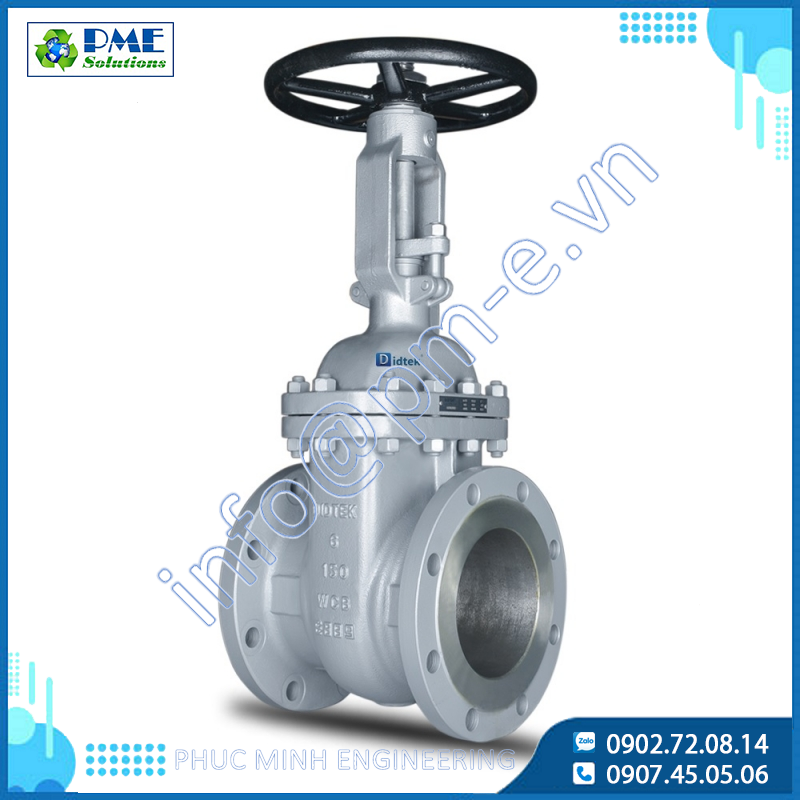
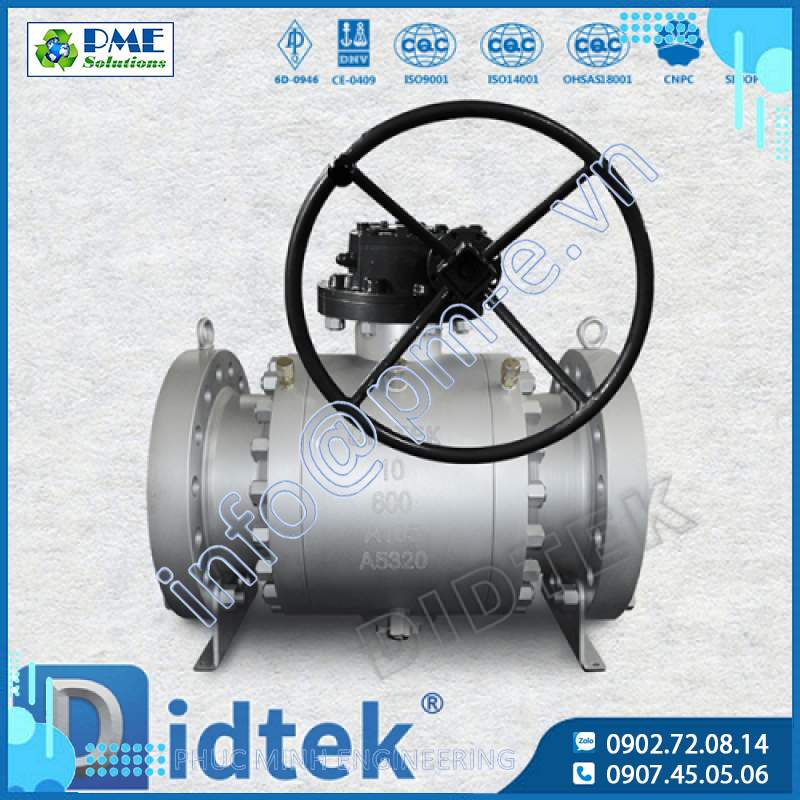
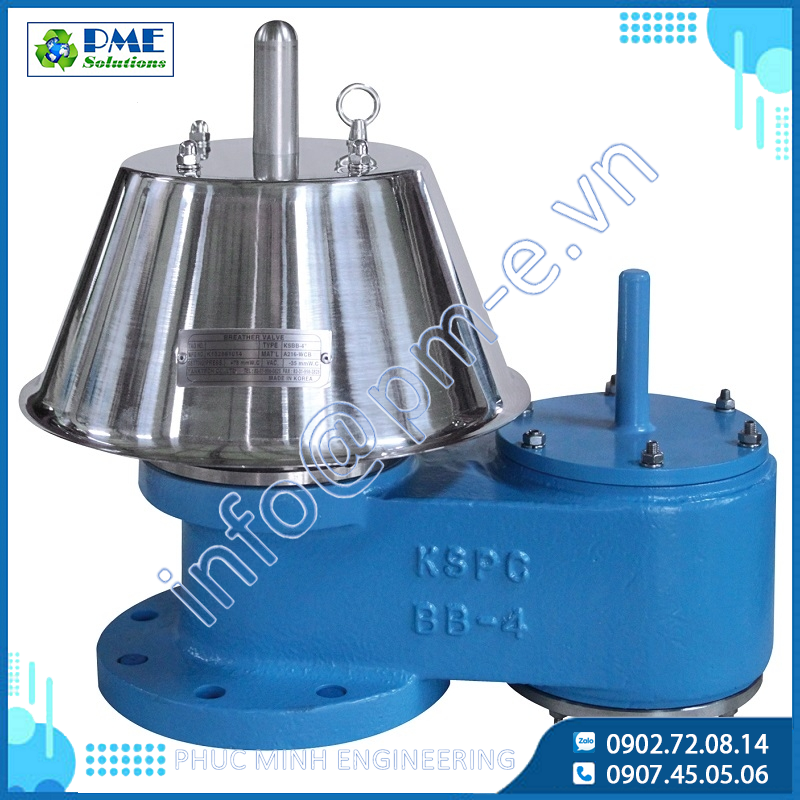


.png)






